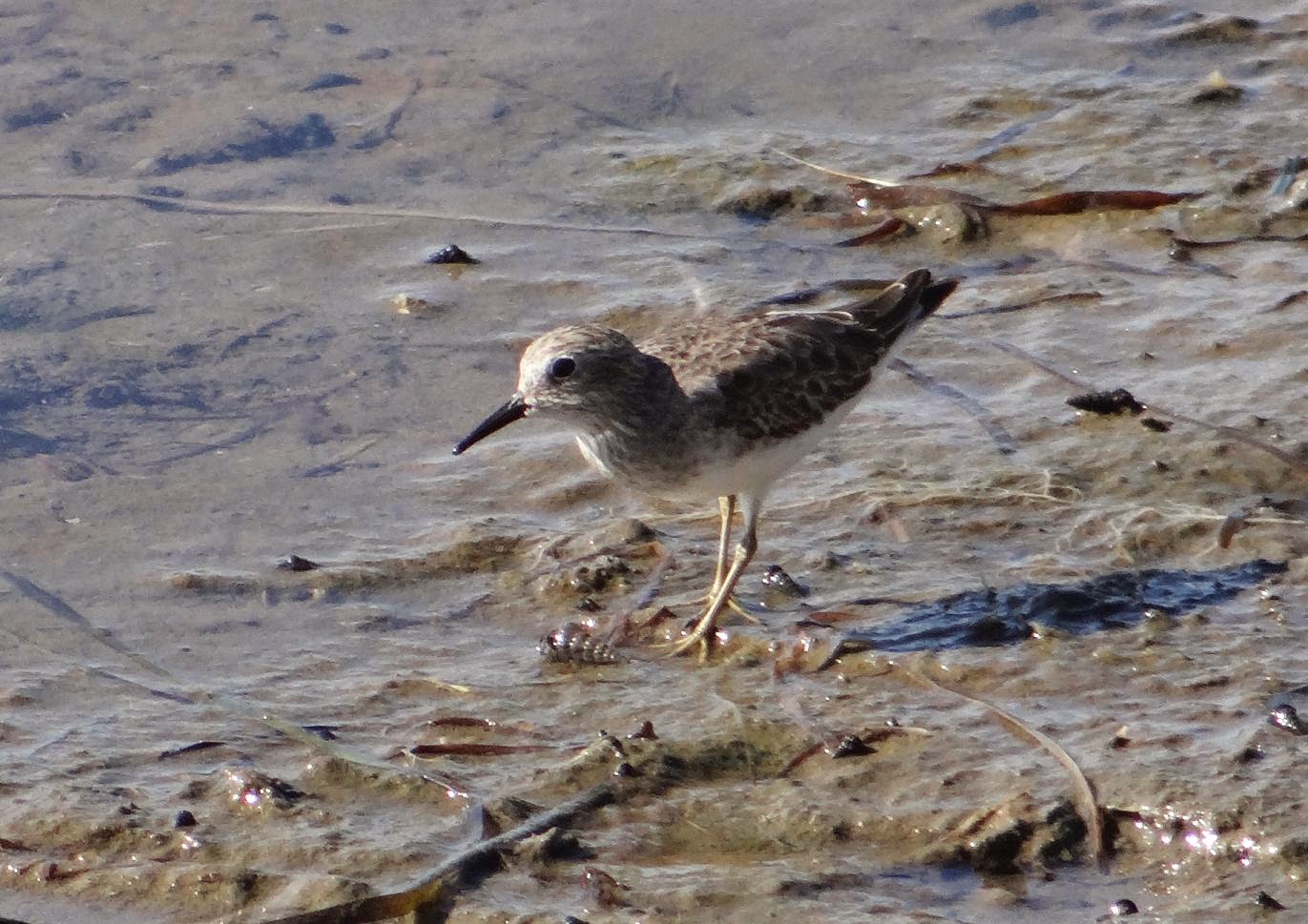On the border of California and Mexico are some great places to go birdwatching - Tijuana River Estuary and Imperial Beach
Thankfully, in the 70's and early 80's, dedicated people worked hard to save this area from following the fate of the majority of salt marshes in Southern California. Today, it provides critical habitat for 370 species of migratory and resident birds.
From sunrise to sunset, a group of us explored trees, blooming flowers, ponds, mudflats, marsh grass, ocean water, skies and sandy beaches.
The estuary provides food and a nesting spot to threatened and endangered birds as well. We came across a few threatened Western Snowy Plovers in the sand.
Near the Western Snowy Plovers, a few equally adorable Semipalmated Plovers were resting. During breeding and nesting, it is essential to keep a distance from these birds. They lay their eggs on the open sand and are quite vulnerable to predation from natural sources as well as the unexpected, like a curious dog, feral cat or kite flying overhead.
While walking on the beach, I was surprised to see a Mexican bullring at the edge of the water.
A more pleasant discovery was the protected refuge found on the Coronado Islands in Mexico.
The Yellow-crowned Night Heron is rarely seen anywhere in California but a few have made their home in this estuary. This juvenile sat motionlessly while I took his photo.
Watching the Long-billed Curlew probing in the mud, the Marbled Godwit scouring the beach and the Willet eating a crab reminded me of the abundant salt marsh found along the Georgia coast that needs diligent protection.
At the end of the day as we were leaving the beach, two endangered Belding's Savannah Sparrows perched on a boulder in the dimming sunlight - A great memory to end the day on the border.













